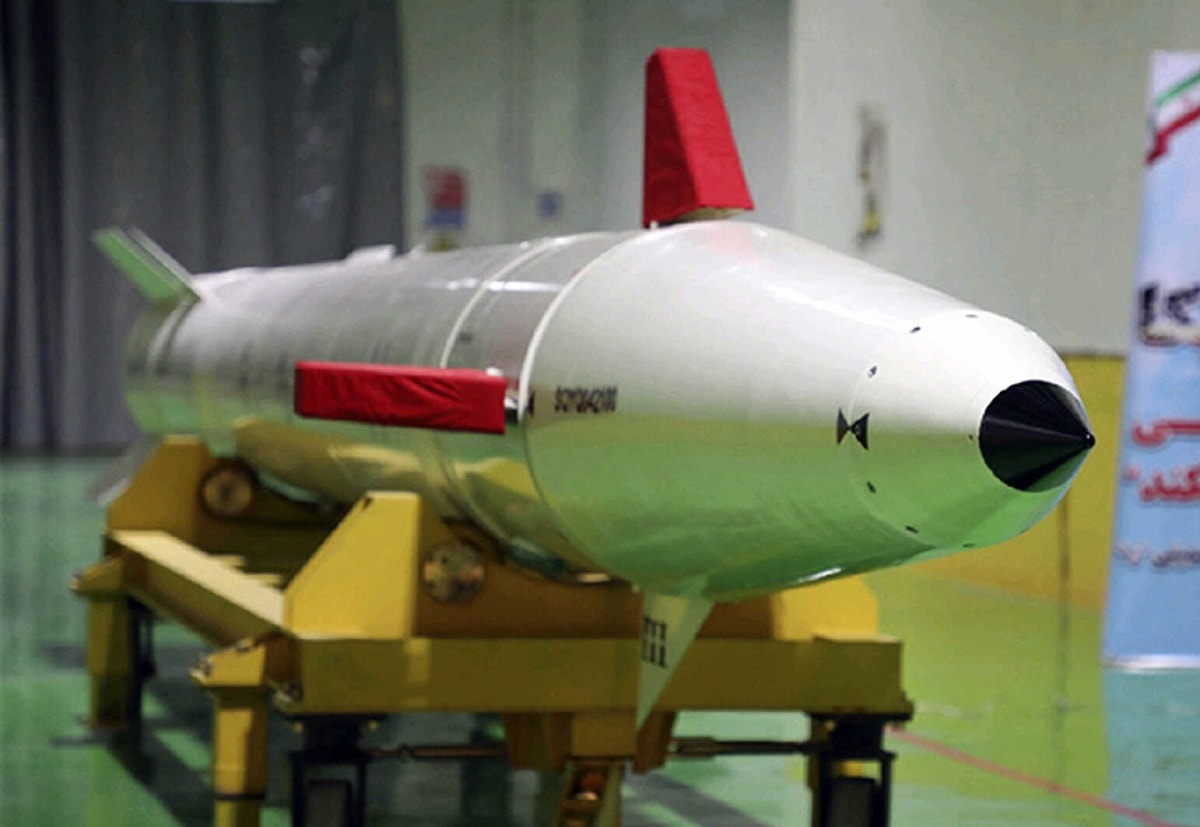Hezbollah’s stockpile of mostly small, unguided surface-to-surface artillery rockets could be growing. The Islamic Republic of Iran’s most successful export has held a tight grip over Beirut since the early 1990s. Initially establishing its presence as the fighters of the “Zionist” and “imperialist” forces into Lebanon, Hezbollah has regularly received training, funds, and other forms of assistance from Iran. Today, the “Party of God” hosts an arsenal estimated to hold over 130,000 rockets.
Videos Show Off an Arsenal
Last week, a video circulated depicting Hezbollah officials showcasing what is presumed to be the Abu-Mahdi anti-ship cruise missile launcher. If true, the Iranian-backed group would have the capability to threaten not only its border-sharing adversary Israel but also a NATO facility deep into the Eastern Mediterranean. While Iran does have a long history of providing its export partners with military support, it also commonly boasts about weapons it doesn’t actually have.
Is Iran Supplying Weapons?
The Shahid (Martyr) Abu-Mahdi al-Muhandis missile was first debuted by Iranian officials in August 2020. With a reported range of over 1,000 kilometers, the missile tripled the Iranian Revolutionary Guard Corp’s (IRGC) previous top range. This long-range anti-cruise ship missile features a turbojet engine and rectangular wings with a circular tip that protrudes within the fuselage. The missile’s extended range allows it to be fired from further ranges, making it more difficult for adversaries to detect prior to launch.
According to a senior fellow at the Missile Defense Advocacy Alliance (MDAA), the potential addition of the Abu-Mahdi to Hezbollah’s arsenal is extremely concerning. “It is important because if it turns out to be the Abu Mahdi cruise missile has a range of roughly 1,000 km. – so it could threaten gas rigs in the region, not only [off] Israel, so it is important – it is the first time we have a glimpse into this system in the hands of Hezbollah.”
Hezbollah’s supposed acquirement of the Abu-Mahdi signals that the group is willing to threaten the U.S., which recently backed a maritime boundary agreement between Israel and Lebanon. The Jerusalem Post reported that Hezbollah’s leader Hassan Nasrallah was angered by America’s involvement in the agreement, indicating the “debut” of its long-range cruise missile could have been a response to this unfavorable news.
Iran has a long history of supplying its proxies in the region with more advanced weaponry. It has been well documented that Iranian-made rockets, missiles, and drones have made their way to the Houthi rebels in Yemen, the Popular Mobilization Units (PMU) in Iraq, and to Hezbollah’s military wing in Lebanon. Last year, the then-Central Command chief Gen. Kenneth McKenzie stated that Iran’s ongoing shipment of arms to Hezbollah is a “constant concern to the United States.” Hezbollah’s smuggled weapons including scud surface-to-surface missiles and Fateh-110 precision missiles have directly threatened Israel.
While Hezbollah’s acquirement of Iran’s Abu-Mahdi missile would not be shocking, the possibility that the circulated video is doctored remains a possibility. Both Iran and its Lebanese counterpart have been caught fabricating their weapons arsenal in the past. However, even if the Shiite group does not actually possess a long-range cruise missile right now, it has stated its intention to obtain one and use it as a threat. Israel, the U.S. and Tehran’s other adversaries in the region should beware of this possibility.
Maya Carlin is an analyst with the Center for Security Policy and a former Anna Sobol Levy Fellow at IDC Herzliya in Israel. She has by-lines in many publications, including The National Interest, Jerusalem Post, and Times of Israel.

